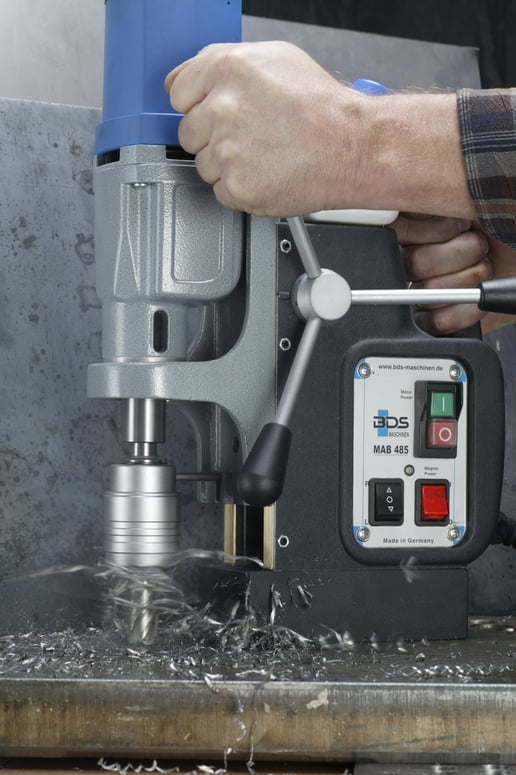
The process of gundrilling was initially developed to create uniform sized holes in artillery pieces and rifles. Techniques and technologies were set in place to give repeatable, highly accurate results on mass armament production lines, from the late 19th century onwards. Gundrilling is still used in the defence industry, but has far wider applications too.
You may have heard of gundrilling under its less militaristic name Deep hole drilling, which is how we refer to the process on our website. In fact, the old name is virtually all that remains of the technique. Deep hole drilling has evolved enormously, especially over the last few decades. Industries who use gun drilling now include aerospace manufacturing, medical technology, motorsport, hydraulic systems, the oil and gas sector and many more besides. It is the most accurate and dependable way of drilling holes up to 30mm diameter of any depth and length in a wide range of substrates. Gundrilling will work on components made from titanium, wood, aluminium, stainless steel, thermoplastic and many other industrial materials.
What Is Gundrilling?
Is there a definition that we can use to distinguish deep hole drilling from other types of conventional drilling? In general, conventional drilling is fairly limited and can only achieve a ratio of 10:1 length to bore whereas deep hole drilling offers the huge flexibility of an increased ratio in excess of 100:1. There are hundreds of different gun drilling machine designs and techniques, all developed to deal with a specific type of component and the needs of various industries.
They all have certain features in common:
- The gundrill tool is a toughened tube, swaged into a kidney shaped profile with a tungsten carbide, kidney shaped tip. The tip will then have one or two coolant holes dependant on the diameter of the drill tip.
- The outer edge of the gundrill tip makes the initial cut which then loads the bearing pads, forcing them into the wall of the bore creating a burnished, and sometimes, a mirror finish.
- The gundrilling oil is fed through the tool and tip at high pressure to lubricate and cool the cutting action and in addition, expels and removes the swarf generated from the cutting action.
Why Use Gundrilling?
Let’s take a look at the advantages of gun drilling over other CNC techniques. Why use this method as opposed to any other?
- Gun drilling creates precise, accurate holes, using only a single pass.
- It is ideal for sustaining precisely round holes and exactly straight drilled channels.
- The guide pads and clearance faces of the drill reduce or eliminate the need for secondary finishing.
- The drill channel is kept burr free.
- Drilling can be carried out within high tolerance parameters to exact specifications.
- Gun drilling is faster and more cost-effective than other methods.
Gun Drilling/Deep Hole Drilling Services From Hone-All
At Hone-All we provide a wide range of drilling, boring and honing services to clients in many different sectors, including Oil & Gas, Hydraulics, Medical Technology and Aerospace Manufacturing. For full details or to request a quote, please get in touch by calling 0845 5555 111 or e-mailing us at sales@hone-all.co.uk.





